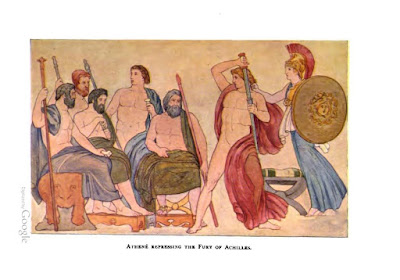Microfiction: Dangerously Refreshing

Deadly Cleansing I didn't think it would be that bad. Nobody explained it to me. As the fumes filled my mask, I felt the tears well up. The burning sensation filled my mouth. My nose dripped in solidarity. I felt the tears fall. I couldn't let any of the others see my pain. What would they think of me? How could they count on me to help them if they saw me this way? Then, the pain went away and I was left feeling refreshed and born anew. The stench of my past mistakes were washed away. Damn, these mints are strong. Surprise! I cried at work today. (Photo by LMAP ) Author's Notes I think the hundred word story is a really good medium for a joke. Honestly, it might be a little long. So, I wanted to use it to get a chuckle from myself. I told a story about me eating some really strong mints while wearing my mask at work. I wanted to frame it like someone in the trenches of war being gassed and then you get the reveal of it being about mints. For the second s
















